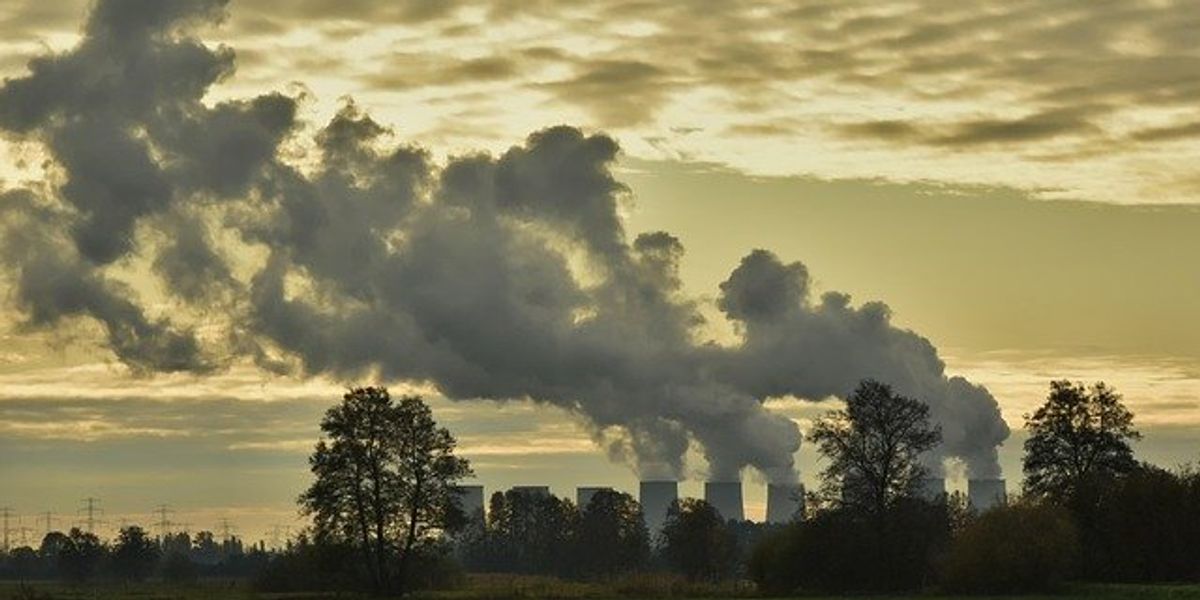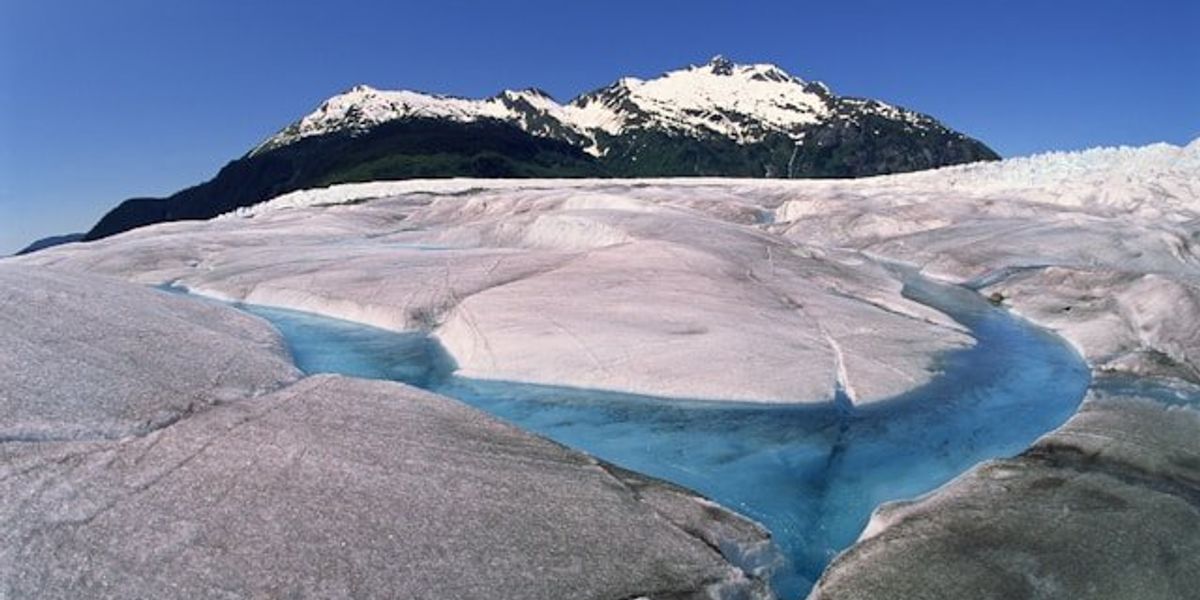
EPA moves to weaken climate rules despite US power plants ranking among top global polluters
US power plants emit so much carbon that, if they were a country, they would rank sixth globally in greenhouse gas emissions — yet the Trump administration plans to end climate regulations for them.
Oliver Milman and Dharna Noor report for The Guardian.
In short:
- The U.S. Environmental Protection Agency (EPA) plans to scrap all greenhouse gas limits on power plants, claiming their emissions aren’t globally significant.
- A new analysis from NYU’s Institute for Policy Integrity finds U.S. power plant emissions have made up 5% of the world’s total climate pollution since 1990 and currently exceed the total emissions of countries like Japan and the UK.
- The EPA also aims to delay methane protections and dismantle Biden-era air quality standards, amid broader efforts to revive coal and expand fossil fuel production.
Key quote:
““All of these harms stack up on top of each other. Climate change will be the most important public health issue this century and we can’t just ignore the US power sector’s contribution to that public health crisis.”
— Jason Schwartz, co-author of the NYU report
Why this matters:
Power plants are among the largest sources of air and climate pollution in the U.S., trailing only transportation. Burning coal and gas for electricity doesn’t just warm the planet — it sends fine particulate matter, nitrogen oxides, sulfur dioxide, and other toxins into the air we breathe. These pollutants increase the risk of heart attacks, asthma, strokes, and premature deaths, especially in communities near power plants. Although carbon dioxide is colorless and odorless, its cumulative effect drives extreme heat, floods, and other climate disruptions. Efforts to roll back existing rules ignore not only environmental science but also public health consequences that stretch across generations. While emissions from the power sector have declined since their 2007 peak, they still play a major role in accelerating climate breakdown and placing added burden on health systems and vulnerable populations.













